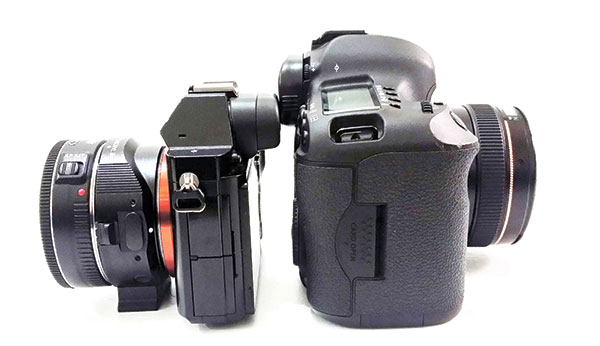Dynamic Range
A FAMOUS term in photography is backlight. Even a non-photographer would know that shooting with the light coming from the back is undesirable. Whether shooting with the most expensive camera, backlight issues are known to mess up your shot. Unless if it’s intentional like silhouette, then you can get away with it.
We experience the same situation when the sun is low and beaming straight towards us. Most likely, we cannot see what is in front of us. Just the same as when an approaching car’s headlights are set to high. Our eyes cannot see the extent of brightness and low light at the same time.
This is the same dilemma when using a camera. What’s worse is the camera has a narrower range between bright and low light compared to human eyes. Often, we can still see it when we look at the scene with bare eyes, but the result comes out with flat shadows and show no details.
This is what we call dynamic range. There is a difference between what you see and what the camera can see regardless of camera brand and technology. A photographer must be able to foresee on how the camera will capture it. He should be able to asses if the scene’s lighting will challenge the dynamic range of the camera.
A mirrorless camera has an upper hand when it comes to lighting simulation. The image you see in the viewfinder is already a simulation of how the details in the highlight and shadows will be captured. What you see in the viewfinder is what you’re getting. This way, the dynamic range is displayed live before you take the shot. All you have to do is decide which side, the highlights or the shadows to give more emphasis.
Sensor size of the camera also influences dynamic range. The bigger the sensor, the more dynamic range you get. Still not as much as what we see, but the difference is noticeable, especially when shooting with a medium format camera. Definitely, point and shoot or phone cameras will have smaller sensors, thus lesser dynamic range.
The software side of camera technology is also making a huge impact on image processing, especially on camera phones. They may lack the dynamic range, but the advancement of internal post processing significantly improves the quality of the image. Impressive coming from a small sensor.
One of the reasons the promising DJI Phantom 4 Pro drone has upgraded their camera sensor to APS-C is to get better clarity and dynamic range.
Of course, the latest release of Fujifilm medium format on top of their APS-C X-series sensor is intriguing. Sony, on the other hand, is getting good reviews of their full frame sensors on a compact camera.
Truly, the technology on both hardware sensor and image processing software is on its high. I wonder what the future holds. Keep on shooting, everyone!





